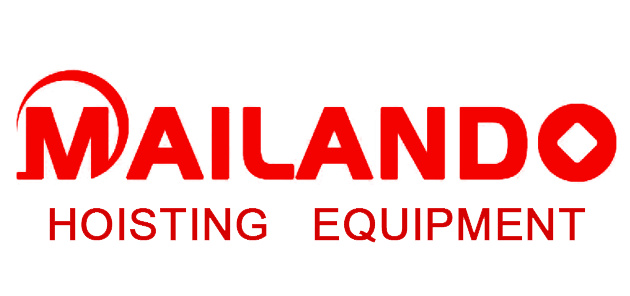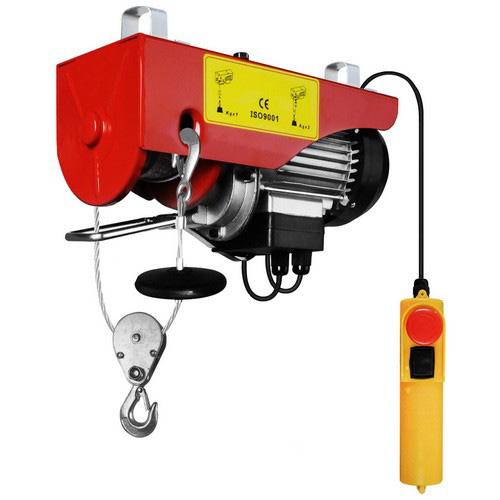- 山东迈兰德机械设备有限公司
Industry information
How to avoid the winding of the wire rope when using the CD1 electric hoist?
The wire rope is stuck in the gap between the roller of the electric hoist and the lifting motor. When this phenomenon occurs, the first thing people think of may be to remove the motor to take out the wire rope. Although this method can solve the problem, this method is too traditional. And it takes a long time, and it is also a laborious task. In order to ensure the production efficiency, they cut off the part of the wire rope by gas welding, and the surface solves the problem. In fact, it is easy to wear the drum and the motor casing by this method, and it is easy to cause equipment accident. The occurrence of wire rope winding phenomenon is a prone to failure of CD1 electric hoist. This problem is often encountered during use. When the winding is light, it does not have much impact on the CD1 electric hoist and the whole operation, but in severe cases, it will affect the overall working efficiency.
So what method can be used to solve the problem of CD1 electric hoist winding better, safer and faster? Here we will give you a fundamental analysis of this problem:
Barrier device: The pulley should be equipped with a device to prevent the wire rope from being undulating. The gap between the rope bar device and the pulley is not more than 1/3 of the diameter of the wire rope. It can be inspected by visual inspection. If necessary, it can be measured with a steel ruler or a caliper.
Rope end fixing: the rope end fixing should be firm and reliable. There are usually four ways to fix the rope end of the rope: the pressure plate at the end of the fixing rope must be firmly pressed on the two ropes at the same time, and the nut should have a anti-loose device; When the wedge is used, there should be no cracks; when the wedge is used, it should not be loose, and the wedge sleeve should not have cracks; when using the rope card, the direction of the rope card installation should be correct, and the rope clamping plate should be pressed against the force rope (long rope, Not on the rope head), and the quantity and distance should meet the requirements.
Wire rope and pulley block: The pulley is mainly used to change the direction of movement of the wire rope. First check the order of the wire ropes between the pulleys. At the same time, check the lubrication and rotation of each pulley. In addition, check for cracks or breakage at the flange of each pulley and, if so, replace it immediately.
Scrap and renewal of wire rope: The wire rope of the crane should be well lubricated and must not be rubbed against the metal parts; there must be no kinking, flattening, bending, strand breaking, cage distortion, broken core, etc.; the diameter of the wire rope should not be reduced. More than 7%, can be tested with a caliper; the number of broken wires of the wire rope can not exceed the standard, and must be strictly in accordance with GB5972.
Steel wire rope and reel: the ratio of the nominal diameter of the reel to the diameter of the steel wire rope shall not be less than 14; the multi-layer winding reel shall have a flange twice the diameter of the steel wire rope than the outermost steel wire rope; the reel rotation shall be flexible, and the reel wall shall not There are cracks or excessive wear; the fixing device at the end of the wire rope on the reel should have the function of anti-loose and self-locking.
Number of safety laps: In order to ensure the safety of lifting work, at least two turns of steel wire rope should be kept on the drum of the crane as the number of safety laps. The method of inspection is to place the hook at the lowest position (generally the ground). This checks the number of safety turns, which does not include the number of turns that the tail of the wire rope is fixed.
Summary: When the CD1 electric hoist fails, it is necessary to find the cause fundamentally. The problem that cannot be solved by itself can be solved by relevant technical personnel to avoid unnecessary losses.




